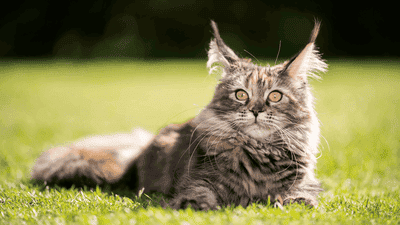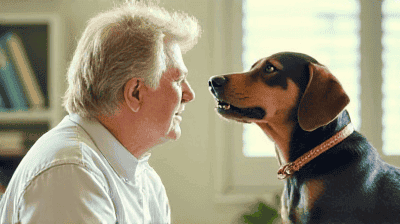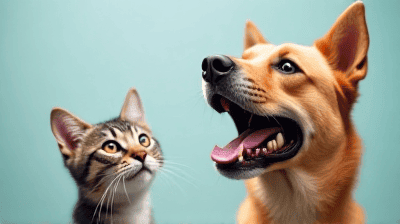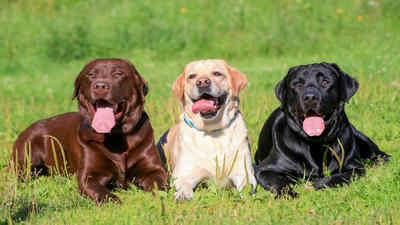How to Stop Your Puppy from Chewing Everything in Sight
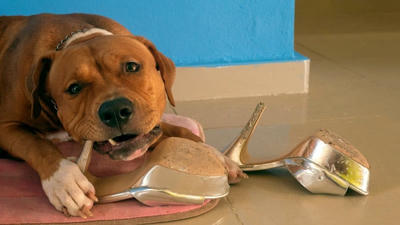
Bringing a puppy into your life can be an incredibly joyful experience. Their playful nature, boundless energy, and affection often brighten our days. However, one of the most common challenges puppy owners face is the tendency for their young dogs to chew on anything and everything in sight. This behavior, while natural, can lead to significant issues, including damaged furniture, shoes, and even potential health hazards if your puppy ingests something harmful.
Understanding Why Puppies Chew
Before diving into effective solutions, it’s crucial to understand why puppies chew. Chewing is a natural behavior that serves several purposes in a dog's development and daily life.
1. Teething
Just like human babies, puppies go through a teething phase. This typically begins around three months of age, as their baby teeth start to fall out and adult teeth begin to emerge. Chewing can help alleviate the discomfort associated with teething.
2. Exploration
Puppies are naturally curious creatures. Chewing allows them to explore their environment and learn about the world around them. Through their mouths, they investigate textures, tastes, and shapes, helping them make sense of their surroundings.
3. Boredom and Lack of Stimulation
Puppies have a lot of energy and require mental and physical stimulation. If they don’t receive enough exercise or enrichment, they may resort to chewing inappropriate items out of boredom.
4. Anxiety and Stress
Chewing can also be a coping mechanism for puppies experiencing anxiety or stress. Situations such as being left alone for the first time, loud noises, or hormonal changes can trigger anxious behaviors, leading to unwanted chewing.
5. Instinctual Behavior
Chewing is an instinctual behavior that serves a purpose in the wild. For dogs, chewing helps keep their teeth clean, strengthen their jaws, and satisfy their natural scavenging instincts.
The Potential Dangers of Chewing

While chewing is a normal part of puppy development, not all chewing is harmless. Certain behaviors can lead to serious problems:
1. Destruction of Property
Puppies can cause significant damage to household items, including shoes, furniture, electrical cords, and personal belongings. This can result in costly repairs and replacements.
2. Ingestion of Harmful Objects
Puppies are notorious for putting anything they find into their mouths. This can lead to dangerous situations, such as choking or gastrointestinal blockages, if they chew on and swallow items like plastic, metal, or toxic plants.
3. Dental Issues
Excessive chewing on hard objects can lead to dental problems, including fractured teeth or gum disease. Maintaining proper dental health is crucial for your puppy's overall well-being.
Creating an Effective Plan to Stop Chewing
Now that we’ve identified the reasons behind chewing and the possible dangers, let’s explore actionable strategies to help stop your puppy from chewing everything in sight.
Step 1: Provide Appropriate Chewing Outlets
One of the most effective ways to prevent unwanted chewing is to provide your puppy with approved chewing options. Here’s how:
1. Offer Puppy-Safe Chew Toys
Invest in a variety of chew toys that are specifically designed for puppies. Look for durable options that are soft enough for teething but tough enough to withstand enthusiastic chewing. Some popular types include:
Rubber Chew Toys: These are durable and resilient, perfect for teething puppies. Consider options like KONG toys that can be filled with treats.
Nylon Bones: Nylon bones are designed to withstand heavy chewing, providing a satisfying texture for puppies.
Soft Plush Toys: Although not as durable as rubber or nylon, soft plush toys can provide comfort and a gentle chewing experience.
Natural Chews: Items like rawhide, bully sticks, and dental chews can satisfy your puppy’s urge to chew while providing oral benefits. Be sure to supervise your puppy with natural chews to prevent choking.
2. Rotate Toys Regularly
Keep your puppy engaged by rotating their chew toys every few days. This way, they will remain interested in their toys and be less likely to seek out unwanted items to chew on.
Step 2: Manage the Environment
Preventing access to inappropriate chewing items is an essential step in stopping unwanted behaviors.
1. Puppy-Proof Your Home
To minimize the risk of chewing on dangerous or valuable items, take the following steps to puppy-proof your living space:
Remove Temptations: Keep shoes, cables, and other chewable items out of reach. Consider using baby gates or closing doors to restrict access to certain areas.
Secure Electrical Cords: Use cord protectors or conceal cords behind furniture to prevent your puppy from chewing on them.
Keep Hazardous Items Safe: Store cleaning supplies, medications, and anything toxic out of reach from your puppy.
Step 3: Redirect Unwanted Chewing
When you catch your puppy chewing on something inappropriate, redirect their attention to an acceptable chew toy.
1. Use Positive Reinforcement
When your puppy successfully chooses to chew on their designated toys, reward them with praise and treats. Positive reinforcement encourages them to repeat desired behaviors.
Step 4: Train Basic Commands
Teaching your puppy basic commands can help you manage their chewing behaviors more effectively. Here are a few commands to focus on:
1. “Leave It”
Teaching your puppy the "leave it" command can prevent them from chewing on unwanted items. Here’s how to teach this command:
- Hold a treat in your hand and allow your puppy to sniff it.
- Close your hand and say "leave it." Wait until your puppy stops trying to get the treat and looks away.
- Once they disengage, reward them with a treat from your other hand.
- Practice this command regularly and gradually increase distractions in your environment.
2. “Drop It”
The "drop it" command allows you to safely retrieve items that your puppy shouldn’t be chewing on. Here’s how to teach it:
- When your puppy has something in their mouth, offer a treat and say "drop it."
- When they drop the item to take the treat, praise them and give them the treat.
- Repeat this process and gradually introduce more challenging scenarios.
Step 5: Increase Exercise and Mental Stimulation
Sometimes, unwanted chewing is a result of pent-up energy or boredom. Increasing your puppy's physical and mental stimulation can help divert their attention from inappropriate chewing.
1. Daily Exercise
Ensure that your puppy gets enough physical activity each day. Depending on their breed, age, and energy level, this may include:
- Walks: Aim for several 20-30 minute walks throughout the day.
- Playtime: Engage your puppy in interactive games such as fetch, tug-of-war, or hide and seek.
- Socialization: Arrange playdates with other dogs or visit a dog park for valuable social interaction and exercise.
2. Mental Stimulation
In addition to physical exercise, provide mental challenges to keep your puppy occupied. Here are some ideas:
- Puzzle Toys: Invest in toys that dispense treats or require problem-solving skills to engage your puppy’s mind.
- Training Sessions: Practice training sessions that focus on basic commands or tricks. This mentally stimulates your puppy while reinforcing positive behaviors.
- Nose Work: Hide treats around your home to encourage your puppy to use their nose to find them.
Step 6: Address Underlying Anxiety
If your puppy's chewing behavior is linked to anxiety, it’s essential to address the root cause. Here are some strategies to consider:
1. Gradual Desensitization
If your puppy struggles with separation anxiety, practice being away from them for short periods, gradually increasing the duration as they become comfortable with being alone.
2. Create a Safe Space
Provide your puppy with a designated safe space, such as a crate or a cozy corner with their favorite toys and bed. This can help them feel secure when they’re feeling anxious.
3. Use Calming Aids
Consider using calming products, such as pheromone diffusers or anxiety wraps, if your puppy shows signs of anxiety. Consult your veterinarian for personalized recommendations.
Step 7: Seek Professional Help
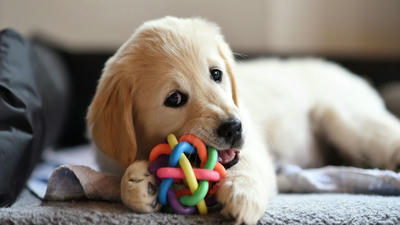
If you’ve tried various strategies without success, it may be helpful to consult a professional dog trainer or behaviorist. They can assess your puppy’s behavior and provide personalized guidance based on their specific needs.
When to Seek Help
If your puppy's chewing persists or leads to destructive behaviors, it’s essential to seek professional assistance. Indicators for professional help may include:
- Continued destructive chewing despite consistent training efforts.
- Signs of aggression when removing items from their mouth.
- Excessive anxiety or stress-related behaviors.
Final Thoughts
Stopping your puppy from chewing everything in sight can be a challenging but achievable task. By understanding the reasons for their chewing, providing appropriate outlets, and implementing a comprehensive training plan, you can guide your puppy toward positive chewing habits. Remember, patience and consistency are key to fostering good behavior in your furry friend.
Training takes time, and setbacks are part of the process. Celebrate small victories and continue to nurture the bond you share with your puppy through training and love. With your commitment and guidance, your puppy will learn to distinguish between what is acceptable to chew and what is not, leading to a happier and healthier life for both of you.



